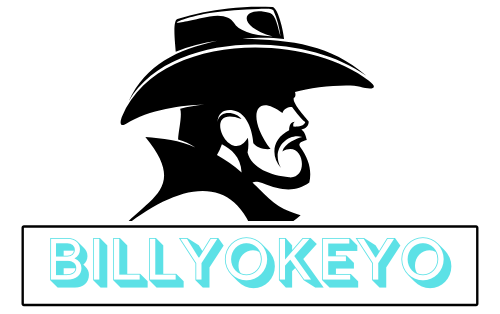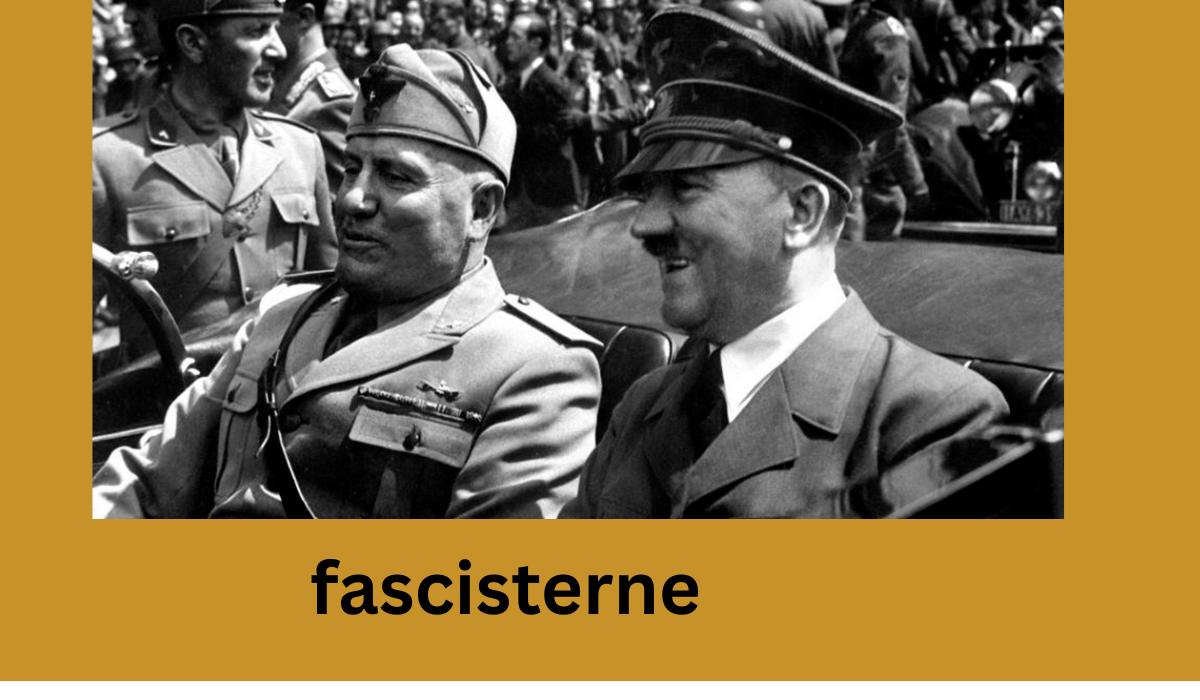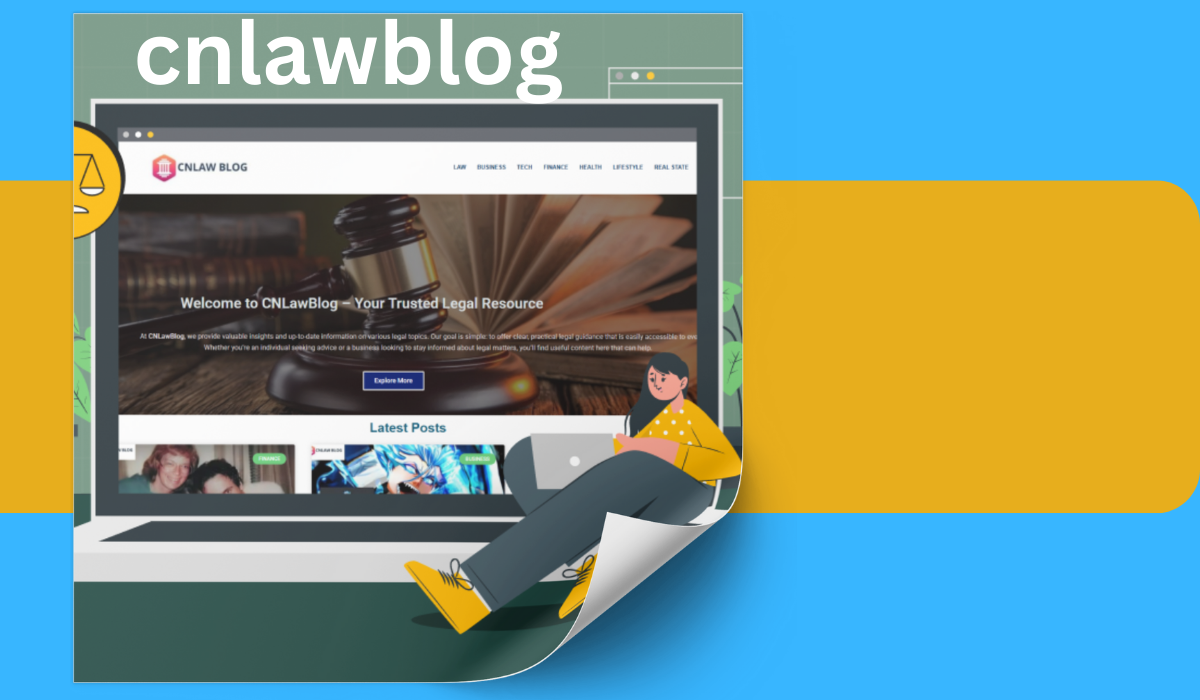🔍 Introduction
You might’ve come across the word “fascisterne” and wondered, what is it, and why is it popping up in discussions around politics, extremism, or even history class? “Fascisterne” is the Danish word for “the fascists,” and its use spans from historical documentation to modern-day warnings.
Understanding fascisterne isn’t just about peeking into a dusty chapter of the 20th century—it’s about recognizing dangerous ideologies that creep back into society when we least expect them. This article breaks it all down, from the rise of fascism to its haunting echo in our world today.
🕰️ Historical Origins of Fascisterne
The Roots in Post-WWI Europe
Fascism didn’t emerge in a vacuum. After the devastation of World War I, many European countries were reeling economically and socially. People were desperate for leadership, for structure, for answers. In that void, fascist ideologies began to take shape.
Mussolini and the Italian Fascists
Benito Mussolini is often credited with pioneering fascism. In 1922, he marched into Rome with his Blackshirts, established a dictatorship, and branded Italy as the first fascist state. He believed in ultranationalism, state control, and suppression of opposition.
The Rise of Nazism in Germany
If Mussolini built the framework, Adolf Hitler perfected it into something far more terrifying. Nazi Germany embraced fascism with a brutal racial ideology. Jews, Roma, disabled people, and others were targeted in what would become the Holocaust—one of history’s darkest events.
📚 Defining Fascisterne Ideology
Core Beliefs of Fascisterne
So, what exactly do fascists believe? While versions vary, some traits are consistent:
-
Authoritarianism: Centralized power in one leader
-
Extreme Nationalism: Nation over individual rights
-
Suppression of Dissent: No room for opposing views
-
Militarism: Glorification of war and violence
-
Anti-Communism: Fierce opposition to leftist ideologies
Symbols and Rhetoric
Think of stiff salutes, goose-stepping soldiers, and slogans like “Blood and Soil.” Fascisterne thrive on visual symbolism—flags, uniforms, and propaganda that evoke unity and obedience.
🌍 Fascisterne Movements Around the World
Fascism in Italy
Under Mussolini, Italy became a one-party police state. Dissenters were jailed, newspapers were censored, and political opponents disappeared.
Nazi Germany
Hitler’s regime was not only fascist—it added a racial dimension. Jews, Slavs, and other “undesirables” were persecuted, leading to genocide.
Francoist Spain
Francisco Franco’s Spain leaned heavily on fascist ideas: religious conservatism, suppression of regional identities, and political purges.
🧭 Fascist Influence Beyond Europe
Even outside Europe, fascist ideologies took root:
-
Argentina and Brazil flirted with authoritarian rule and nationalist rhetoric.
-
Japan embraced military-led fascism during WWII.
-
South Africa‘s apartheid regime echoed fascist ideals in its racial hierarchy.
📲 Modern Echoes of Fascisterne
Neo-Fascist Groups Today
Fascism didn’t die—it evolved. Today’s far-right movements often deny being fascist but share many characteristics:
-
Anti-immigration rhetoric
-
Authoritarian leanings
-
White supremacy narratives
Online Communities and Recruitment
Social media, encrypted apps, and forums are recruitment hubs for radical ideologies. Platforms like Telegram, Discord, and 4chan harbor communities that celebrate fascist ideas under the guise of “free speech.”
⚠️ Impact on Society
Fascisterne movements leave wreckage in their wake:
-
Civil rights disappear
-
Minorities become scapegoats
-
Violence becomes normalized
-
Truth becomes negotiable
The effects ripple across generations and communities.
🗳️ Fascisterne vs. Democracy
How Democracies Fall Prey
Fascists rarely come in saying, “Hey, we’re fascists!” They use democracy to gain power—then dismantle it from within. They manipulate media, erode checks and balances, and sow distrust in institutions.
🔎 How Fascisterne Gains Support
People often wonder, “How can anyone support fascism?”
-
Economic Desperation: When jobs vanish and inflation soars, people look for saviors.
-
Fear-Mongering: Fascists point fingers—immigrants, minorities, “elites.”
-
National Pride: They promise a return to “greatness”—a mythical past.
🧠 How to Recognize Early Signs
Watch out for:
-
Dog whistles in politics
-
Disregard for press freedom
-
Attacks on the judiciary
-
Cult of personality around leaders
🛡️ Resistance and Counter Movements
Antifa and Activists
Counter-movements like Antifa aim to resist fascism through direct action. They’re controversial, but their goal is to confront hate head-on.
Civil Society’s Role
NGOs, journalists, educators, and everyday people must speak up, organize, and educate against hate and authoritarianism.
🏫 Education and Awareness
We can’t fight what we don’t understand. Schools and media must teach:
-
Holocaust history
-
Media literacy
-
Civic education
-
Global perspectives
🧾 Conclusion
Fascisterne isn’t just a scary historical term. It’s a warning. History doesn’t repeat—it rhymes. Today, far-right ideologies are gaining traction. By knowing the signs, staying informed, and promoting empathy and justice, we can make sure we don’t relive the darkest chapters of the past.
❓ FAQs
1. What are modern examples of fascist behavior?
Censorship, cult of personality, and crackdowns on protests are all fascist tactics.
2. Is fascism the same as authoritarianism?
Not exactly. All fascists are authoritarian, but not all authoritarians are fascist.
3. Can democracies become fascist?
Absolutely—many fascist regimes started as democracies.
4. What’s the difference between nationalism and fascism?
Nationalism is pride in one’s country. Fascism takes it to extremes, often violently.
5. How can we combat fascism peacefully?
Education, voting, community engagement, and defending democratic institutions are key.
You May Also Like:





